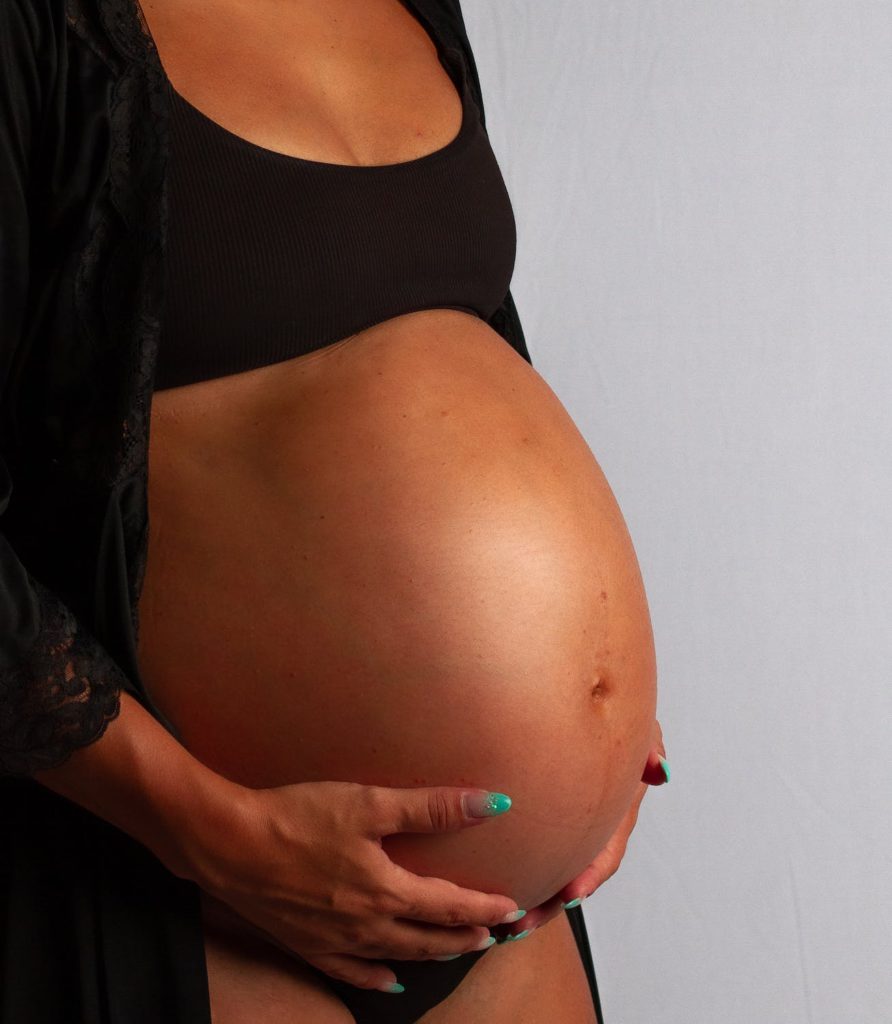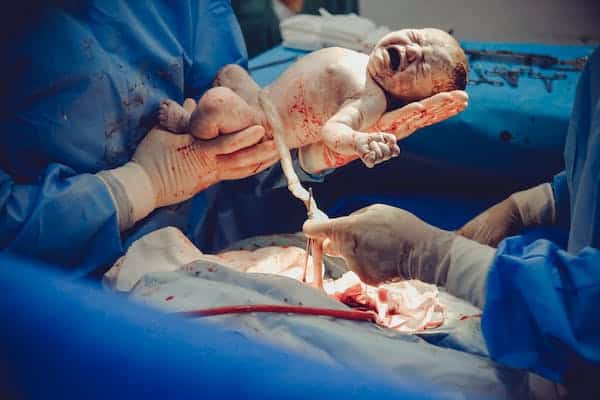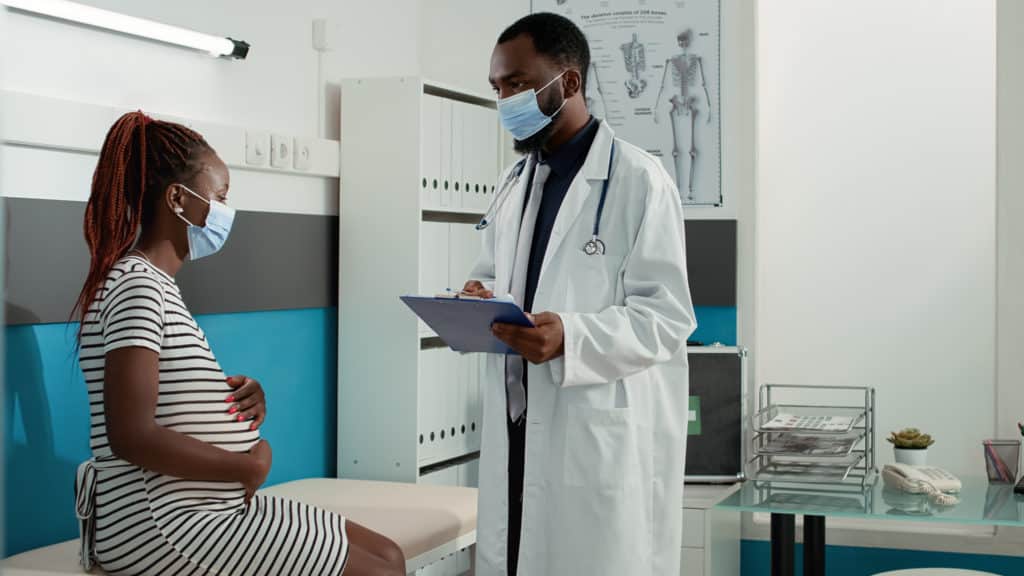A “home birth” simply means giving birth to your child at home. Planned homebirths require the presence of a certified midwife or certified nurse. Unplanned home births happen when an expectant mother plans to deliver at a hospital or licensed facility but could not arrive in time.

You most likely have concerns if you are thinking of having your baby at home. Is it safe for you and your baby? What are the potential risks involved? When is a homebirth considered unsafe? What if you need to go to the hospital?
As always, we have compiled useful information to help you decide if a home birth is suitable for you and your baby.
What Is Home Birth?
A “home birth” simply means delivering your baby at home instead of a hospital or licensed facility. However, according to the American College of Obstetricians and Gynecologists (ACOG), giving birth in a hospital or licensed facility is the safest option.

Notwithstanding, the association acknowledges that every expectant mother has the freedom to choose what is best for her and her baby.
Potential Risks Of A Home Birth
Many pregnant women who decide to give birth at home usually deliver their babies safely and without complications. Notwithstanding, home birth is associated with potential risks that need to be carefully evaluated before the decision to have your baby at home is made.
Studies show that home birth doubles the risk babies having seizures or major neurological impairment, and even dying during childbirth.
When A Home Birth Is Considered Unsafe
It’s crucial to remember that giving birth at home is not for everyone. Here are some reasons why your healthcare provider may advice you to give birth at the hospital:
- You are pregnant with more than one baby.
- Your baby is in the wrong position for headfirst delivery
- You have had health complications in a previous pregnancy or birth
- You have had a C-section in the past
- You had health complications during your pregnancy
- You require a labour induction
- Any other contraindication that may put you at risk, such as any preexisting medical conditions
In addition, the presence of a certified nurse or midwife is essential for the safe delivery of your baby at home.
When You Need To Go To The Hospital
Even if you planned to have a home birth and your labour has begun, you can decide to transfer to the hospital at any point. Some mothers decide they need additional painkillers or feel more discomfort than they anticipated.

Apart from changing your mind, you may need to be taken to the hospital if your labour fails to advance after your water breaks or other complications arise such as:
- You begin to bleed or develop a fever
- Your blood pressure rises
- Your baby is in distress
- Your baby is not position for headfirst delivery
- Your baby the baby poops before he/she is born
- Your nurse or midwife is worried about you or your child’s health.
It is advisable to make preparations for a potential transfer to the hospital in case the need arises. Ensure the closest hospital is not too far away, and you have a reliable and fast means of transportation available.
A Word From Edie and Amy
Hospitals and licensed birthing homes remain the safest place to give birth to your baby. However, we understand that you may have different reasons you choose to birth your baby at home, and it is in your right to do so.
Nevertheless, remember that several life-threatening complications can arise during childbirth. Thus, you will need to consult doctor before deciding to opt for a home birth. It is extremely crucial to plan appropriately, taking into account the potential risks and the safest backup plan for you and your baby.
Remember, all of us at Edie and Amy love you, and the health of you and your baby is our primary concern.

